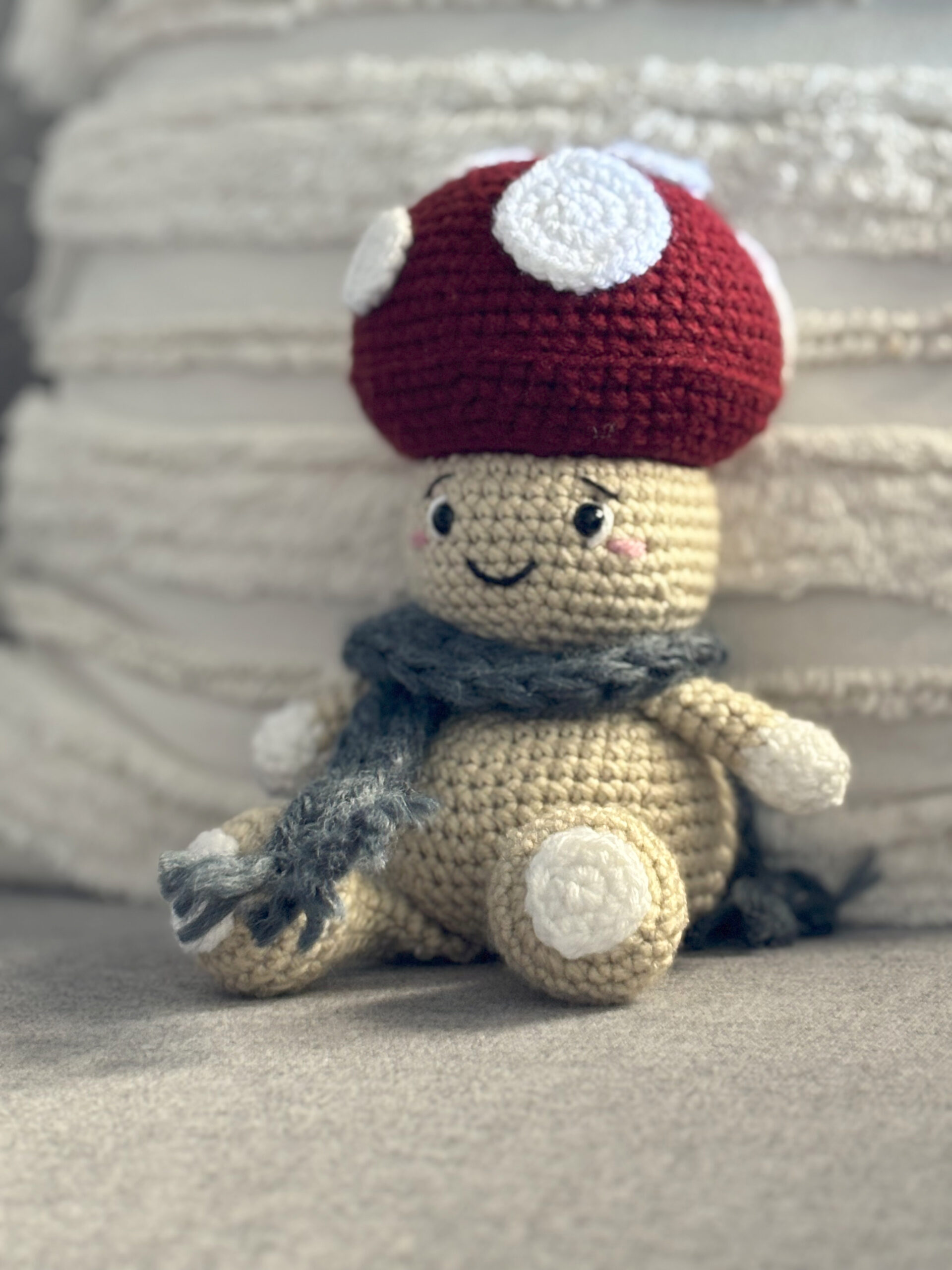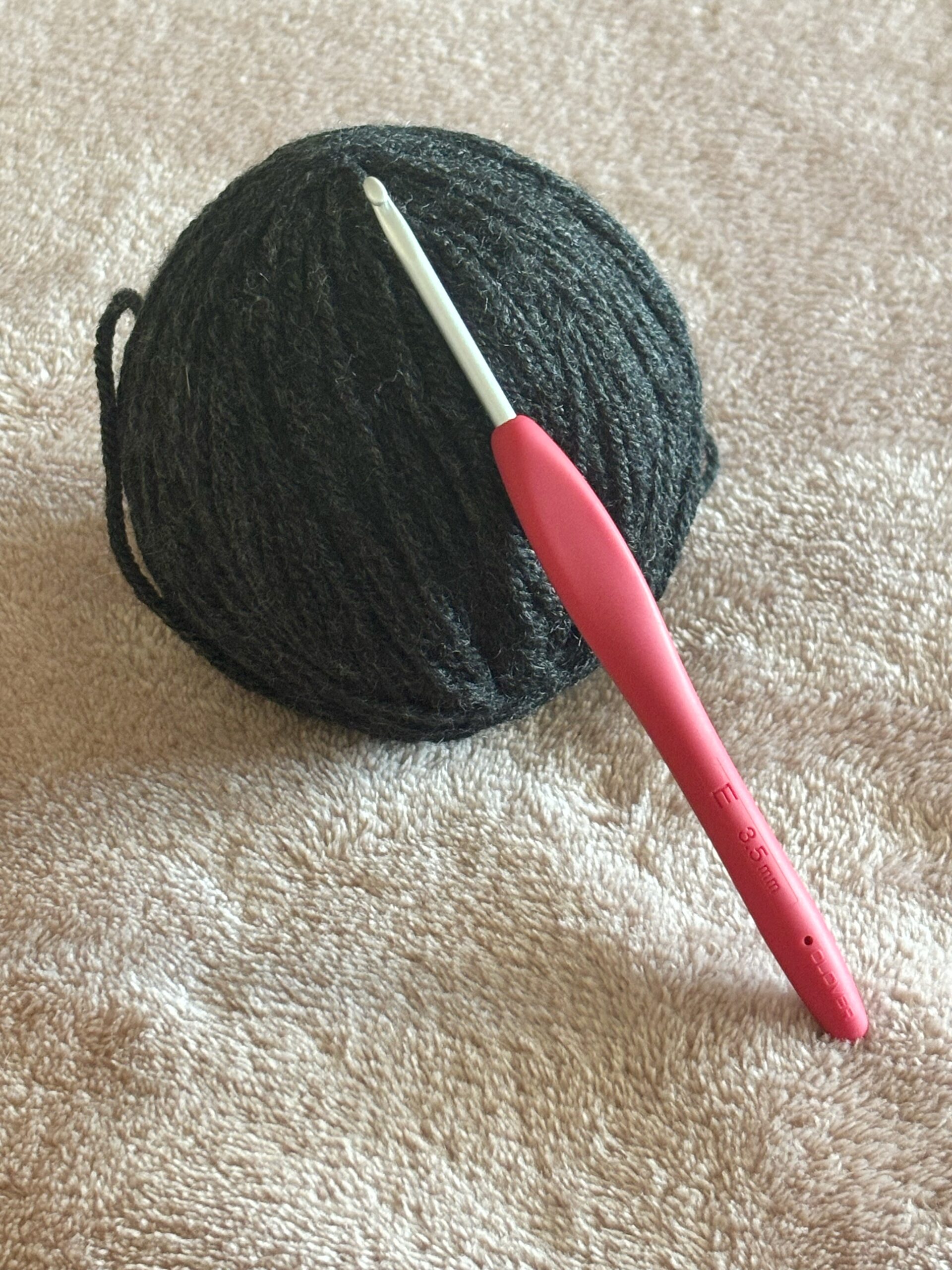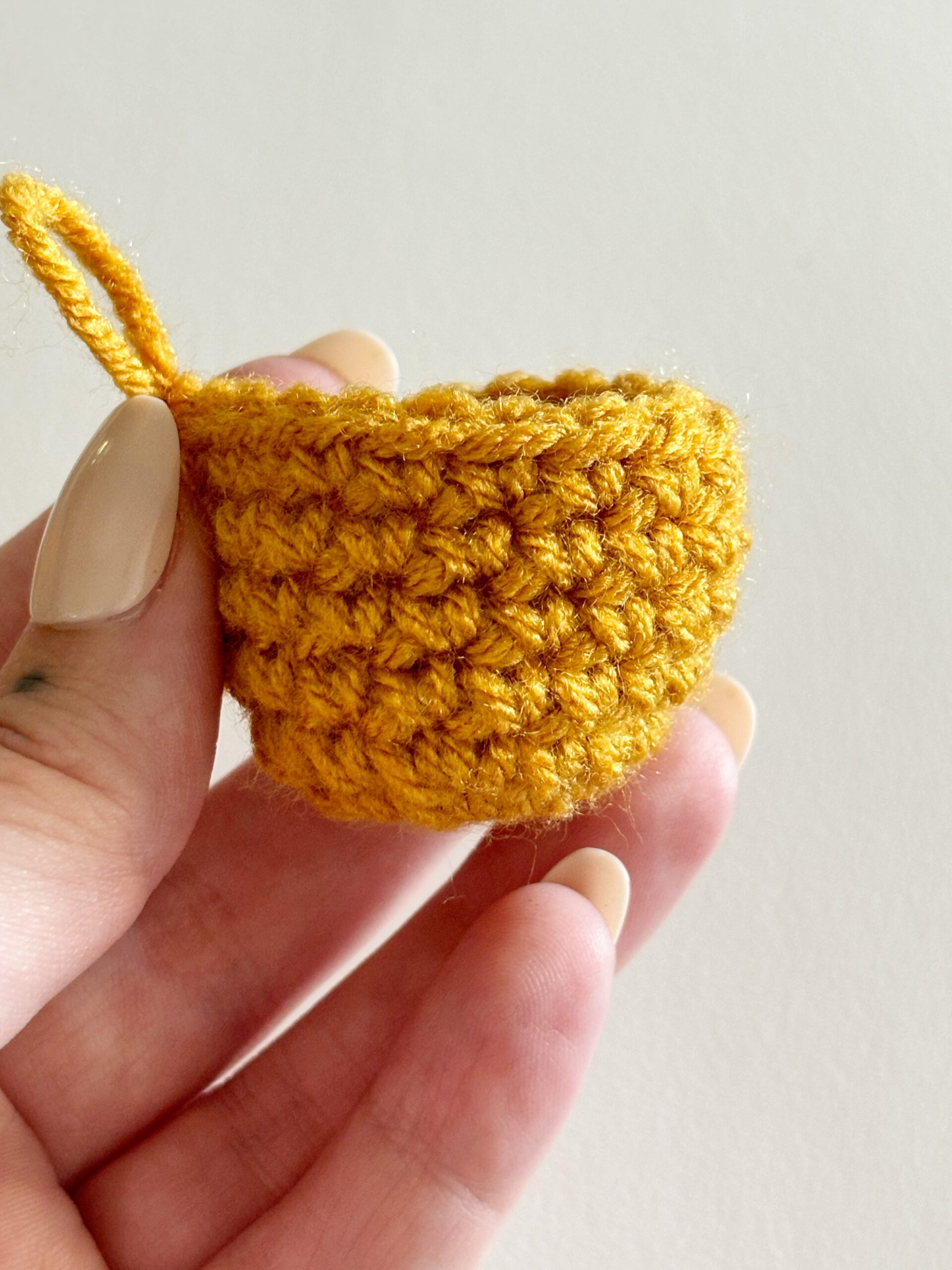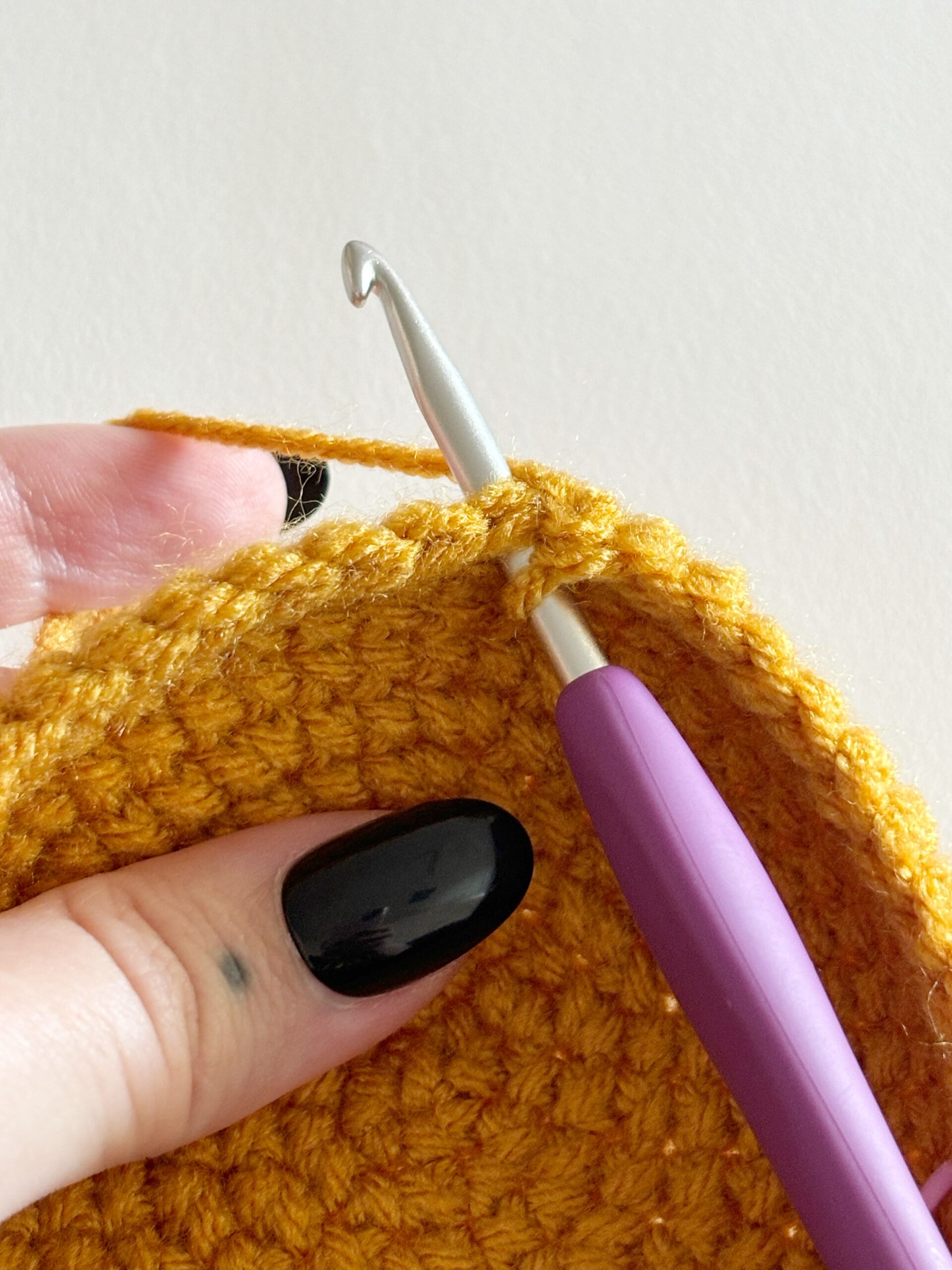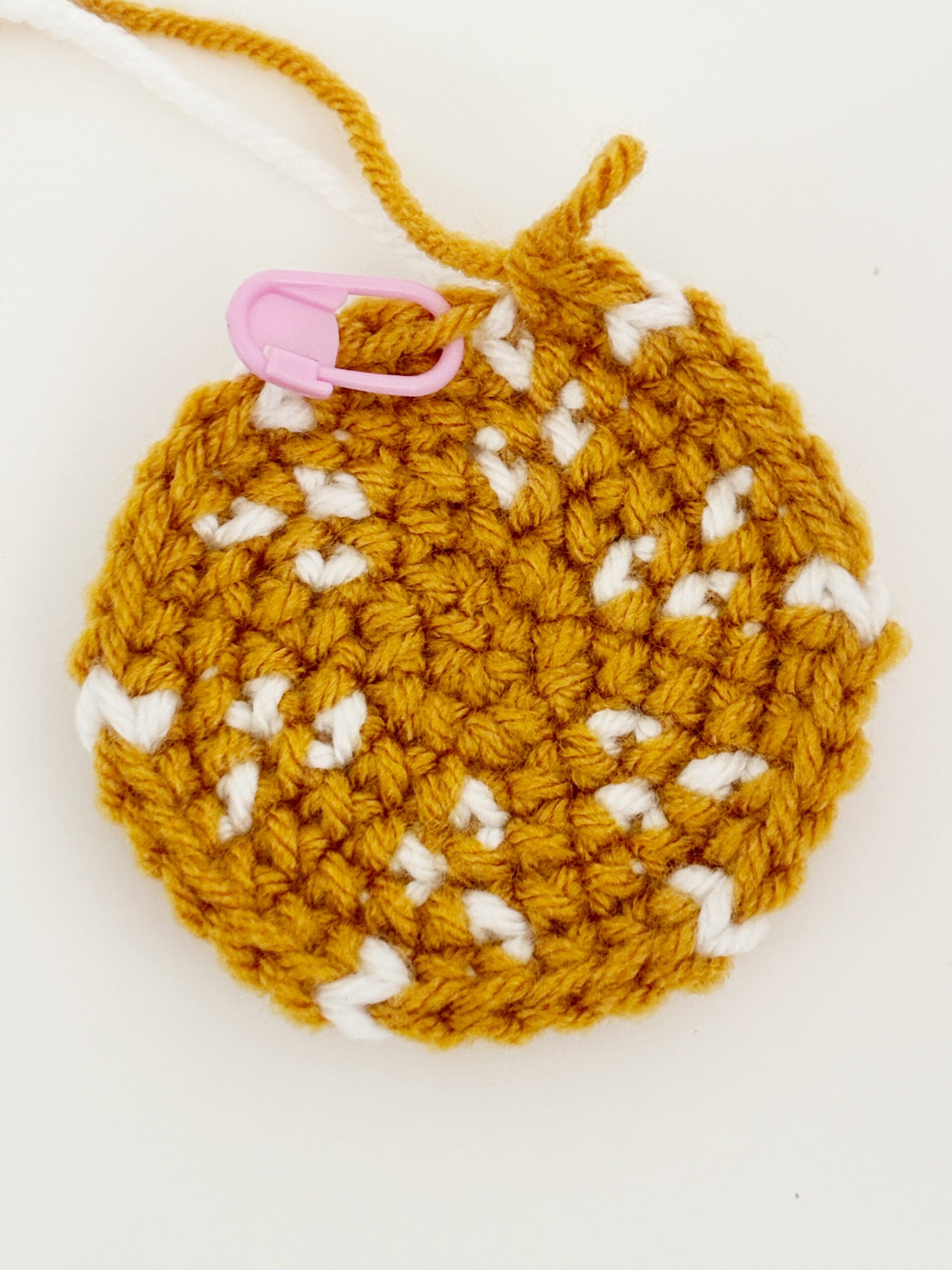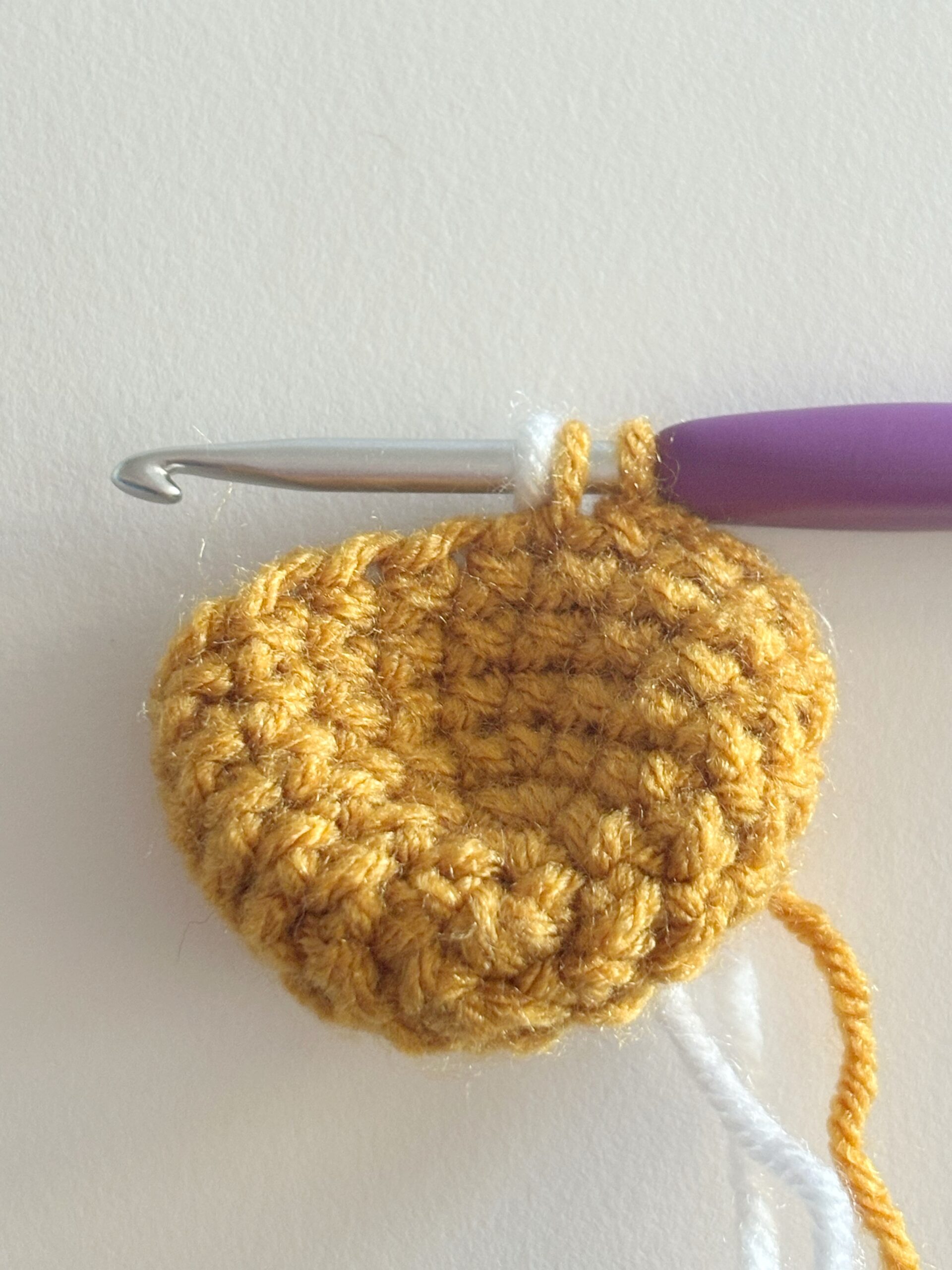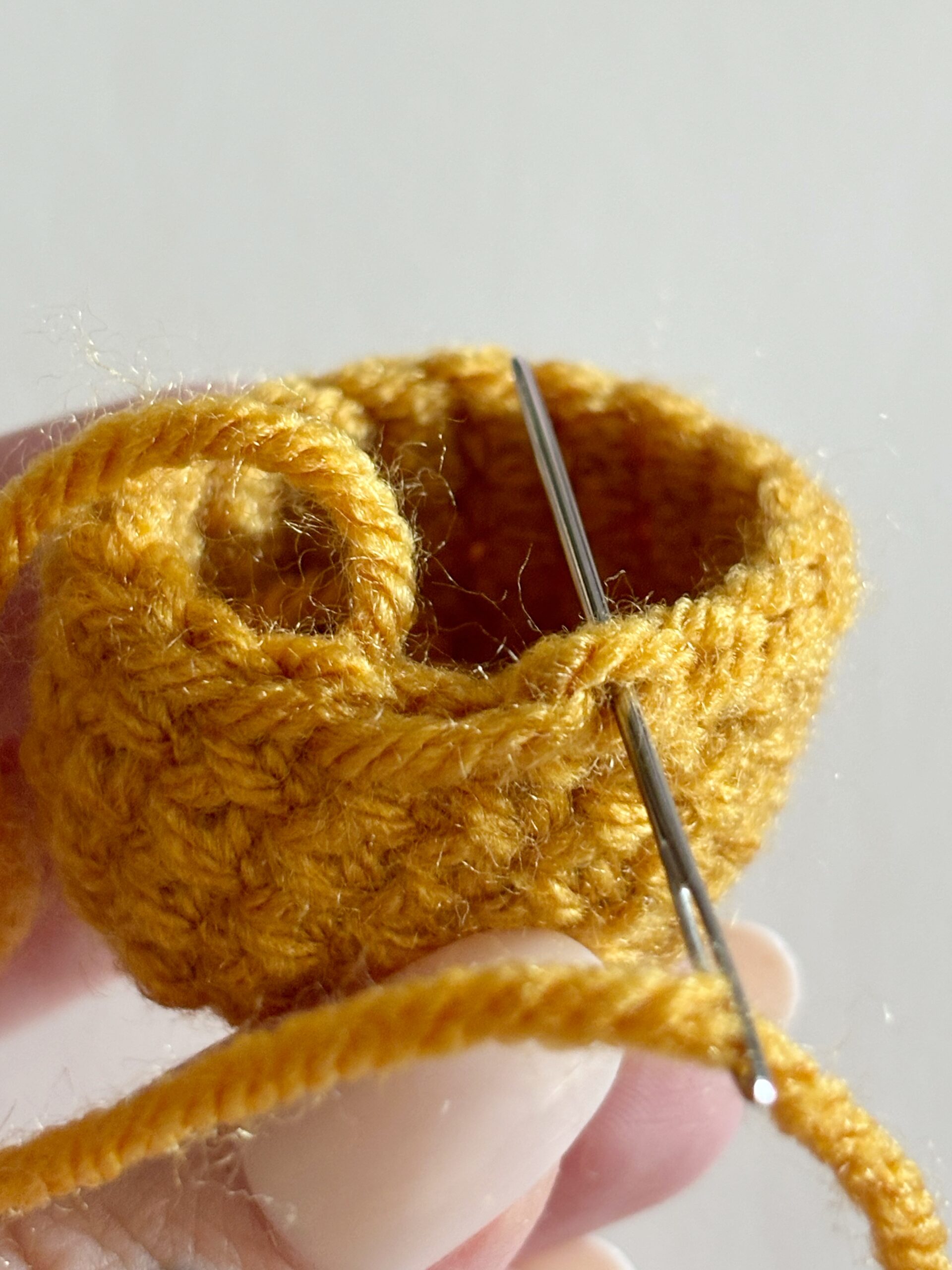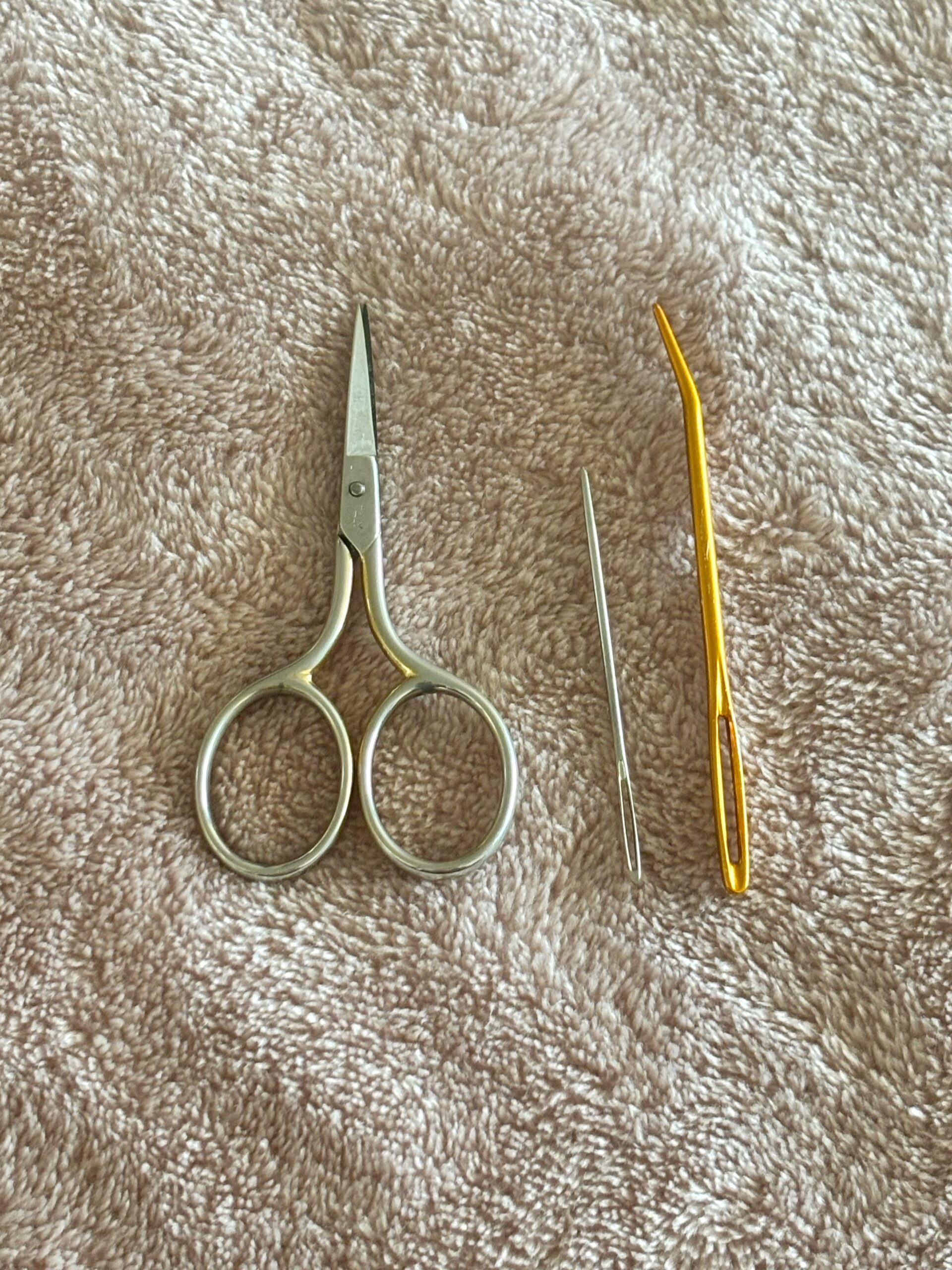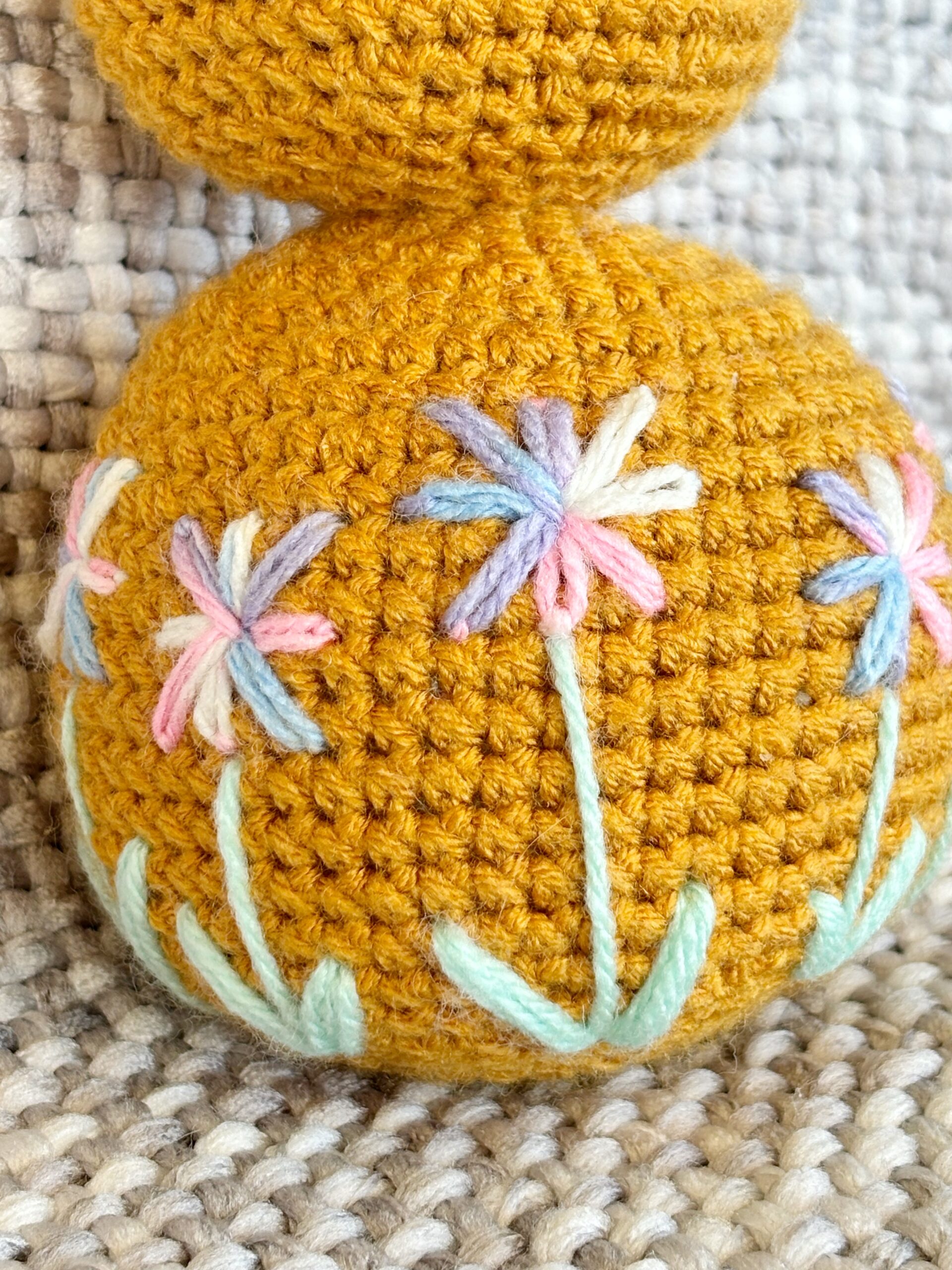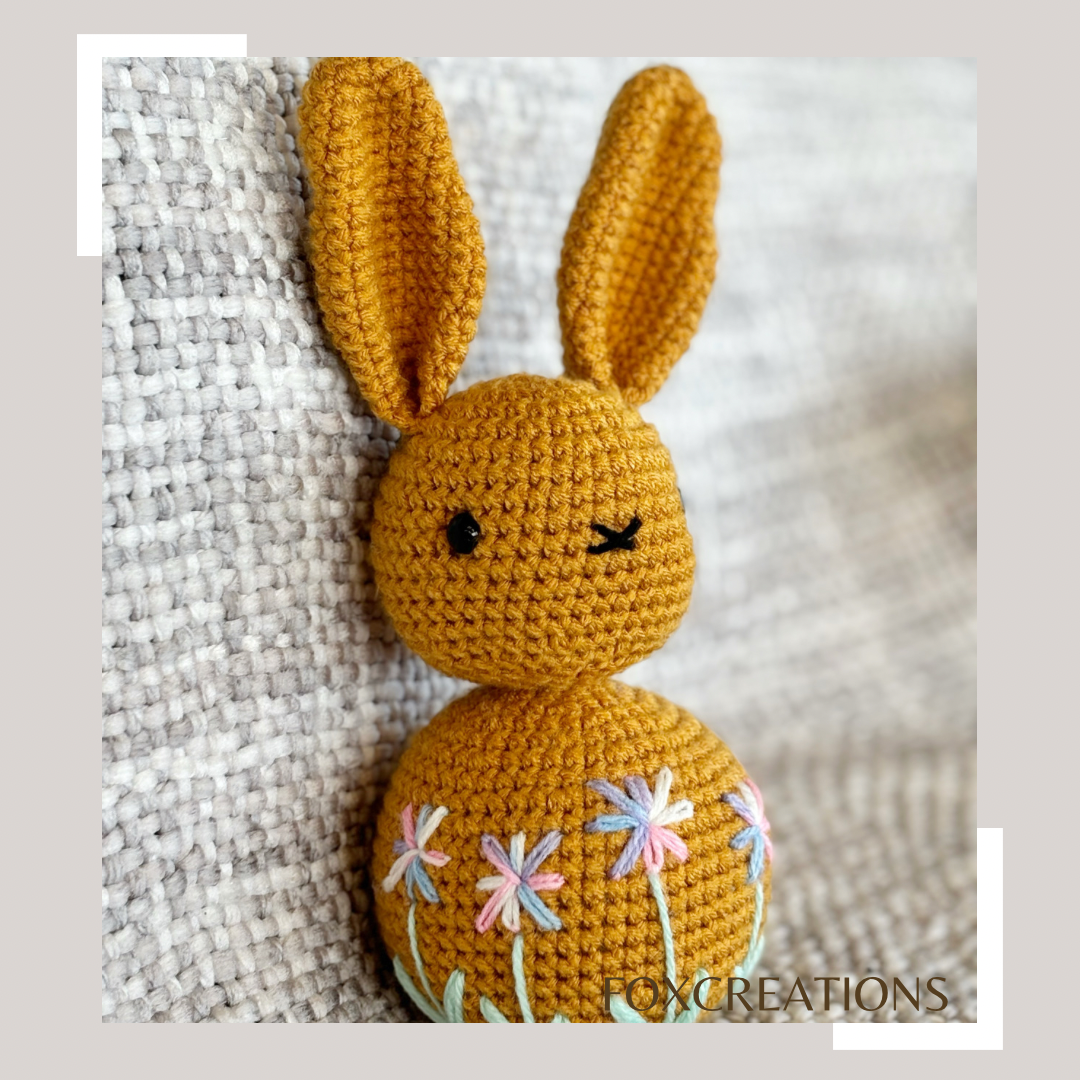
How to Read a Crochet Pattern
Let’s learn how to read a crochet pattern…
So, you’ve mastered the Magic Circle, and you’re ready to get started on making your first amigurumi. How exciting! Just remember that we’ll be here cheering you on.
As a beginner, crochet patterns can seem incredibly daunting. There’s all these weird abbreviations and terms that you’ve never heard of before. How are you supposed to learn this entirely new language?
Well, we hate to be the bearer of bad news, but again, it’s all just practice.
So, let’s practice together on a simple ball pattern.

Crochet Stitch Abbreviations
The first step to learning how to read a crochet pattern is understanding the abbreviations for each stitch.
Tip: Did you know that there are different crochet terms for US and UK stitches? We have seen this confuse many new crafters! The basic rule to tell one from the other is this: if there is a Single Crochet (sc), then the pattern is written in US terminology. A Single Crochet in UK terms is a Double Crochet. All of our patterns (including the one below) are written in US terms.
A good pattern will have a chart or key with all the abbreviations that have been used. So, that’s the best place to begin when reading any new pattern. Have a look over the stitches and make sure that you understand how to do each one. If you’re stuck, YouTube is a great place to find videos on stitches and techniques.
For our practice ball pattern, we’re going to use the following crochet stitches and techniques:
- sc – single crochet
- inc – increase (2x single crochets in the same stitch)
- dec – invisible decrease (insert the hook into the FLO of the next 2x stitches, yo, pull through 2x loop, yo pull through the rest of the loops on the hook)
- sl st – slip stitch
- fasten off – cut the yarn and pull through
- Rd – Round

Symbols in Crochet Patterns
As well as abbreviations, there will also be symbols in a crochet pattern. We are using the two most common ones for our example pattern:
(#) At the end of each round, a number in brackets tells you how many stitches you should have.
* * Two asterisks are used to indicate when you need to repeat the instruction inside the symbols.
There may also be other symbols like ( ) for a pattern repeat or to isolate stitches that are to be repeated in different ways.
Unfortunately, there is no universal way to write patterns, and every creator has their own style. There should be a key at the beginning of each pattern that explains the symbols.
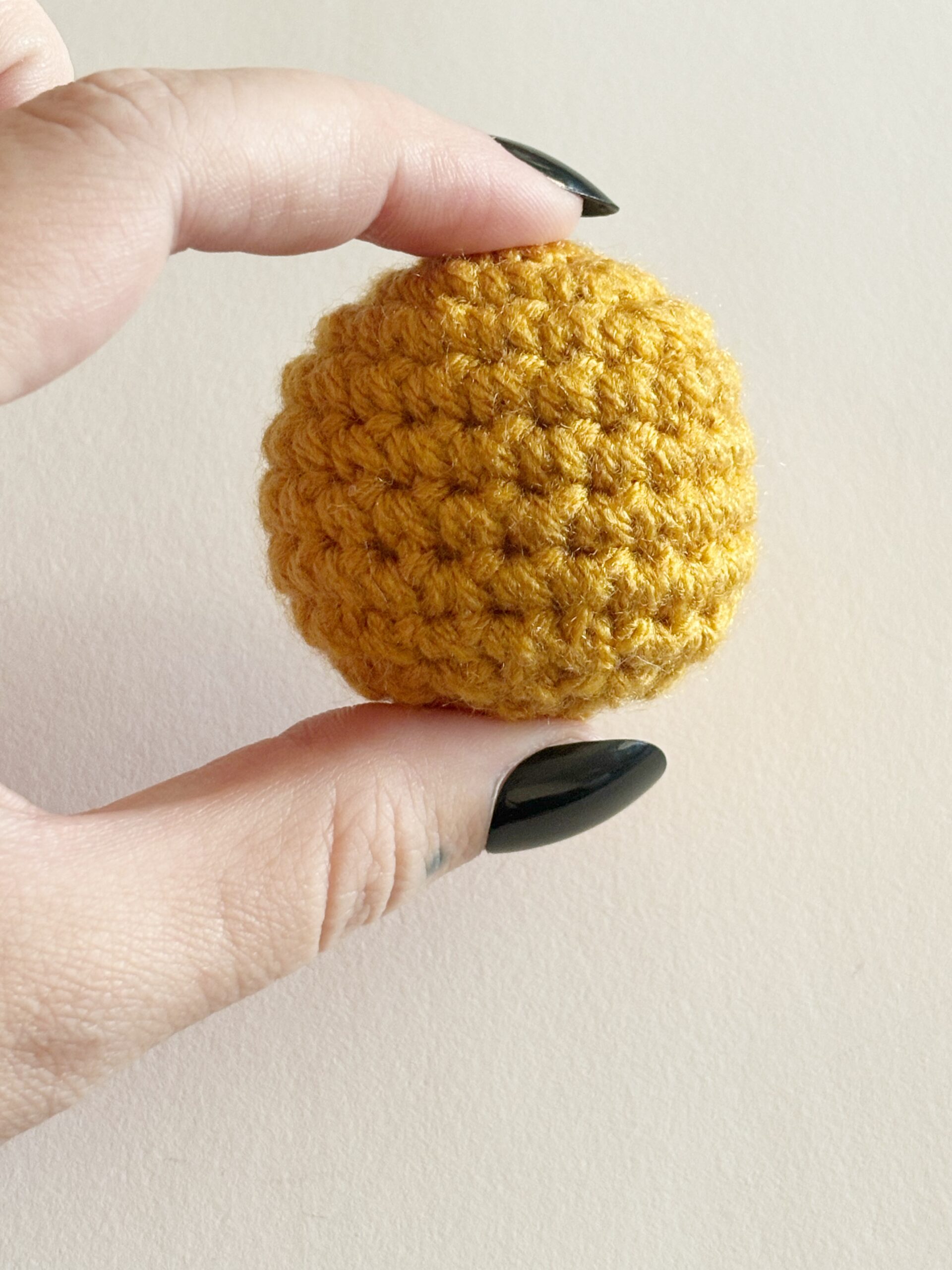
Let's make an amigurumi ball and learn how to read a crochet pattern:
Let’s put together everything we’ve learned so far on how to read a crochet pattern and make an amigurumi ball.
Remember to go through both loops of the stitch (unless a pattern tells you otherwise).
All of our crochet patterns are written with beginners and neurodivergent crafters in mind. We have broken down the abbreviated instructions with the instructions in italics. Learn more about our patterns (click here).
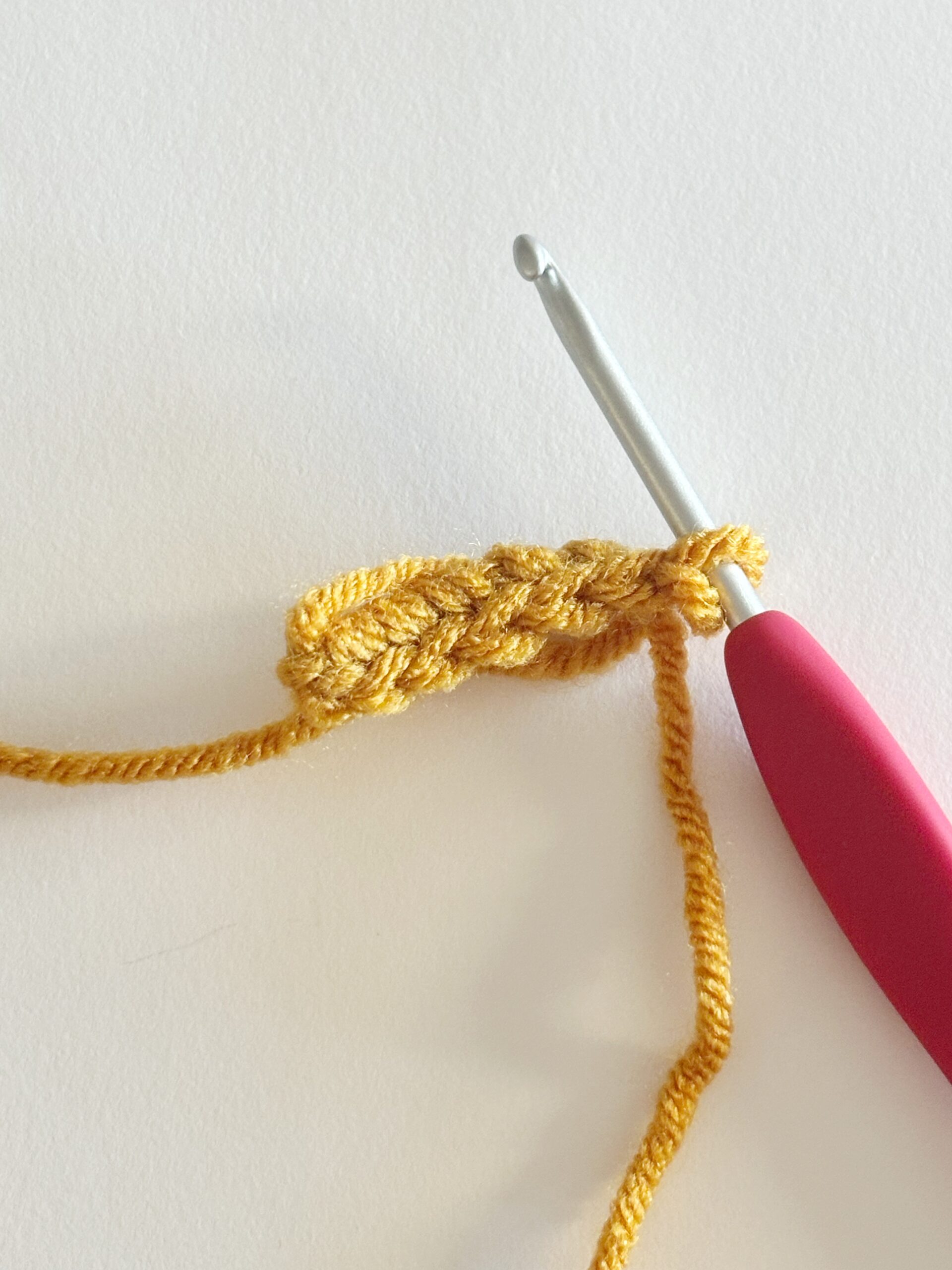
Working in continuous spirals and using a stitch marker to mark the first stitch of each round:
Rd 1: 6 sc in a magic circle (6)
Single Crochet x6 in the magic circle
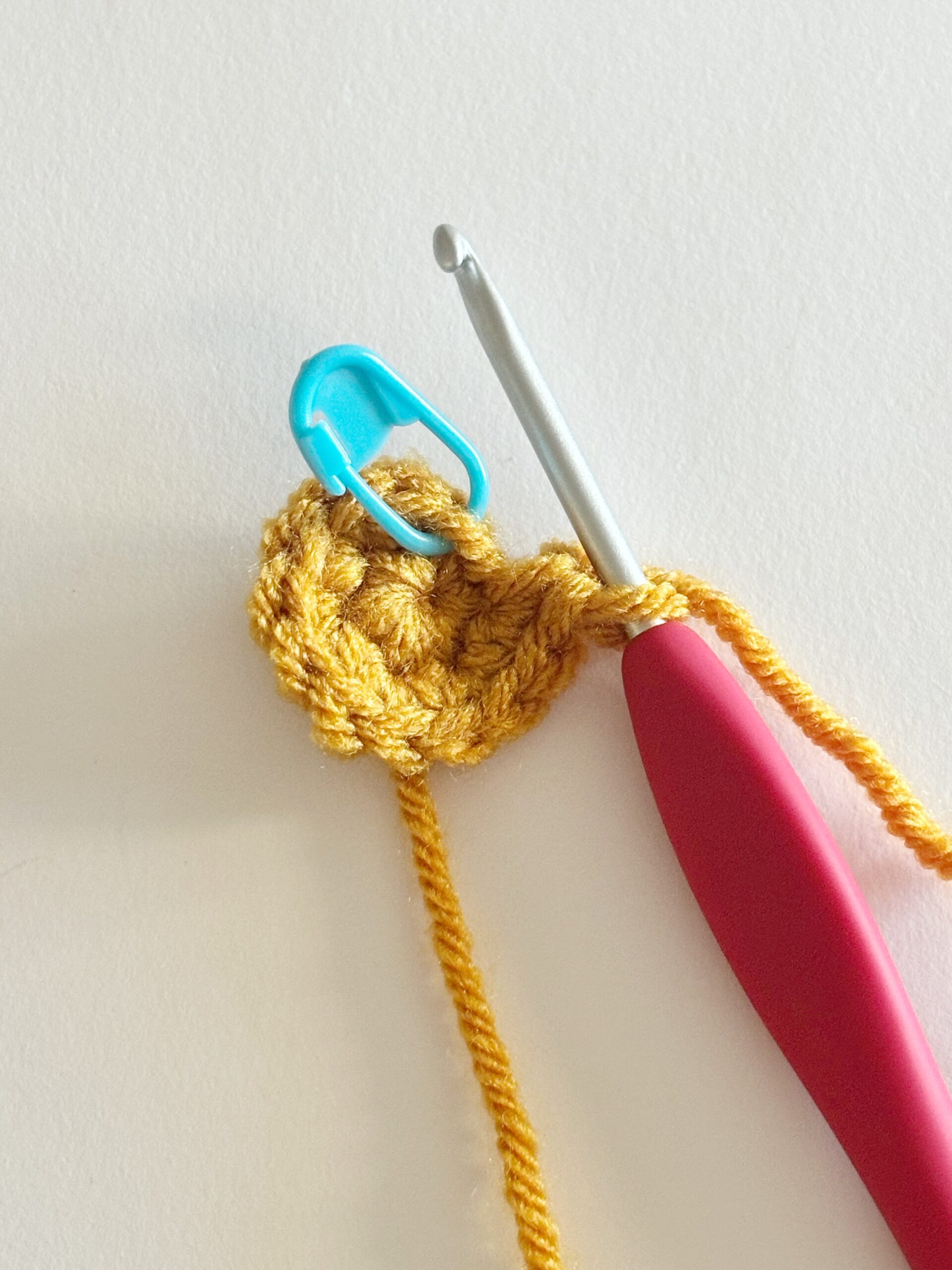
Rd 2: Inc x6 (12)
2x Single Crochets in each stitch around
Pull the circle tight. With your tapestry needle, sew the yarn under the single crochet stitches of the first round in a clockwise direction (on the wrong side / underneath). Then sew back in the opposite direction, and back clockwise again. This will secure your tail.
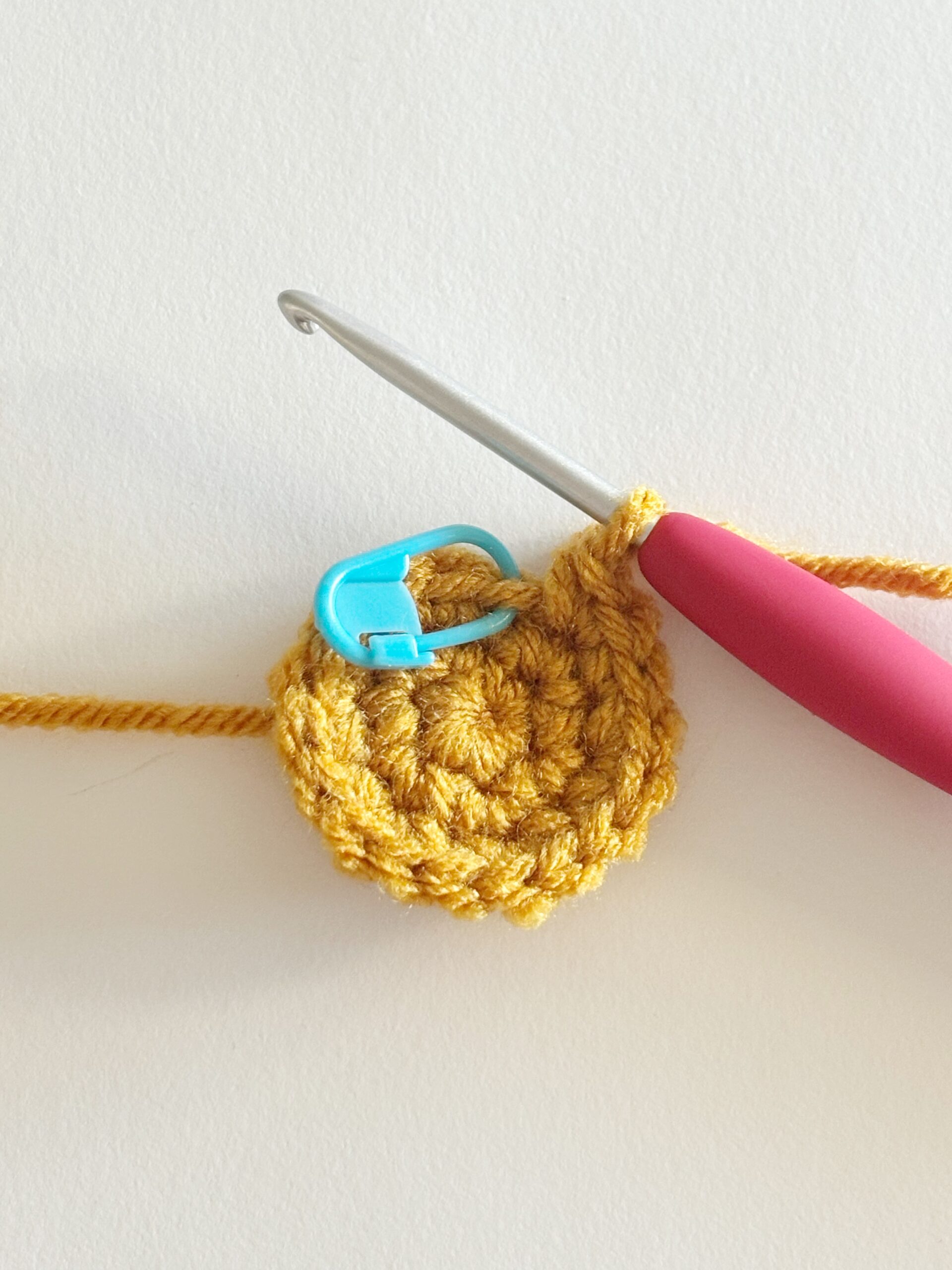
Rd 3: *1sc, inc* x6 (18)
Single Crochet, 2x Single Crochet in same stitch
Single Crochet, 2x Single Crochet in same stitch
Single Crochet, 2x Single Crochet in same stitch
Single Crochet, 2x Single Crochet in same stitch
Single Crochet, 2x Single Crochet in same stitch
Single Crochet, 2x Single Crochet in same stitch

Rd 4: *2 sc, inc* x6 (24)
Single Crochet, Single Crochet, 2x Single Crochet in same stitch
Single Crochet, Single Crochet, 2x Single Crochet in same stitch
Single Crochet, Single Crochet, 2x Single Crochet in same stitch
Single Crochet, Single Crochet, 2x Single Crochet in same stitch
Single Crochet, Single Crochet, 2x Single Crochet in same stitch
Single Crochet, Single Crochet, 2x Single Crochet in same stitch
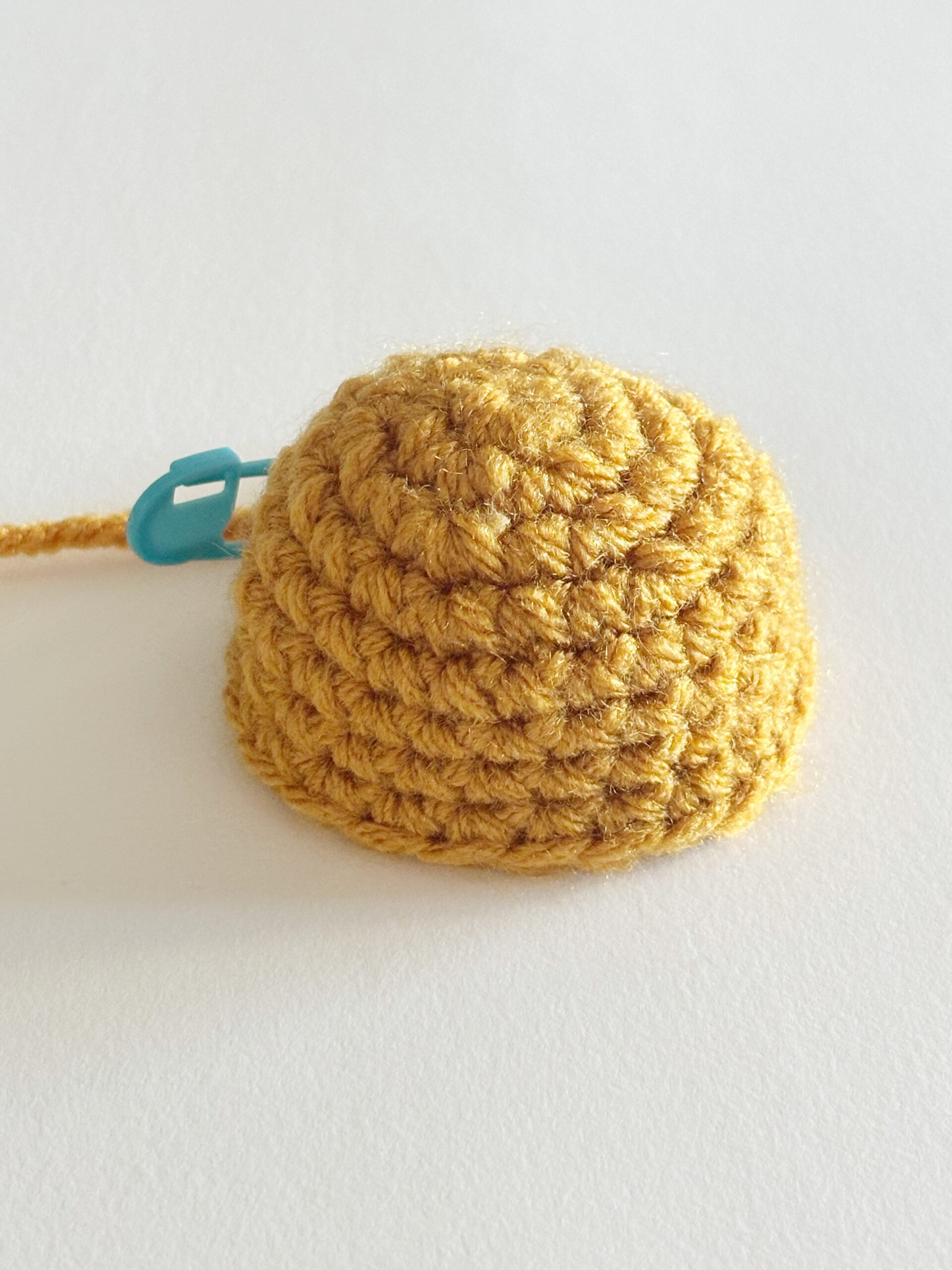
Rd 5 – 8: (4 Rds)
Sc in each stitch around (24)
Single crochet in each stitch (repeat for 4 rounds)

Rd 9: *2 sc, dec* x6 (18)
Single Crochet, Single Crochet, Invisible Decrease
Single Crochet, Single Crochet, Invisible Decrease
Single Crochet, Single Crochet, Invisible Decrease
Single Crochet, Single Crochet, Invisible Decrease
Single Crochet, Single Crochet, Invisible Decrease
Single Crochet, Single Crochet, Invisible Decrease
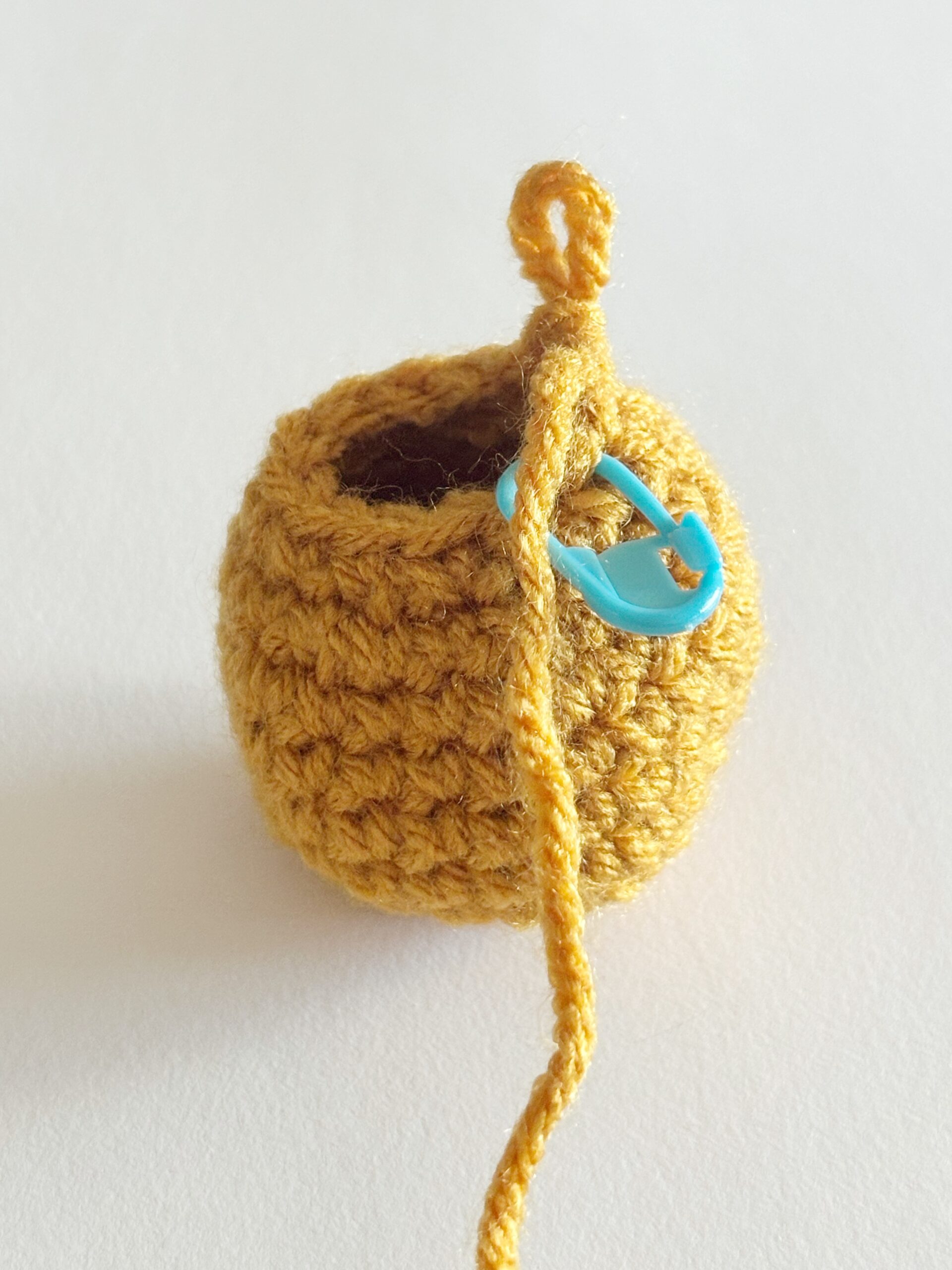
Rd 10: *1 sc, dec* x6 (12)
Single Crochet, Invisible Decrease
Single Crochet, Invisible Decrease
Single Crochet, Invisible Decrease
Single Crochet, Invisible Decrease
Single Crochet, Invisible Decrease
Single Crochet, Invisible Decrease
Stuff the ball with polyester toy filling making sure it’s nice and firm (you might be surprised how much stuffing goes into a piece).
Tip: Use the bottom of your hook or a chopstick to stuff small pieces.
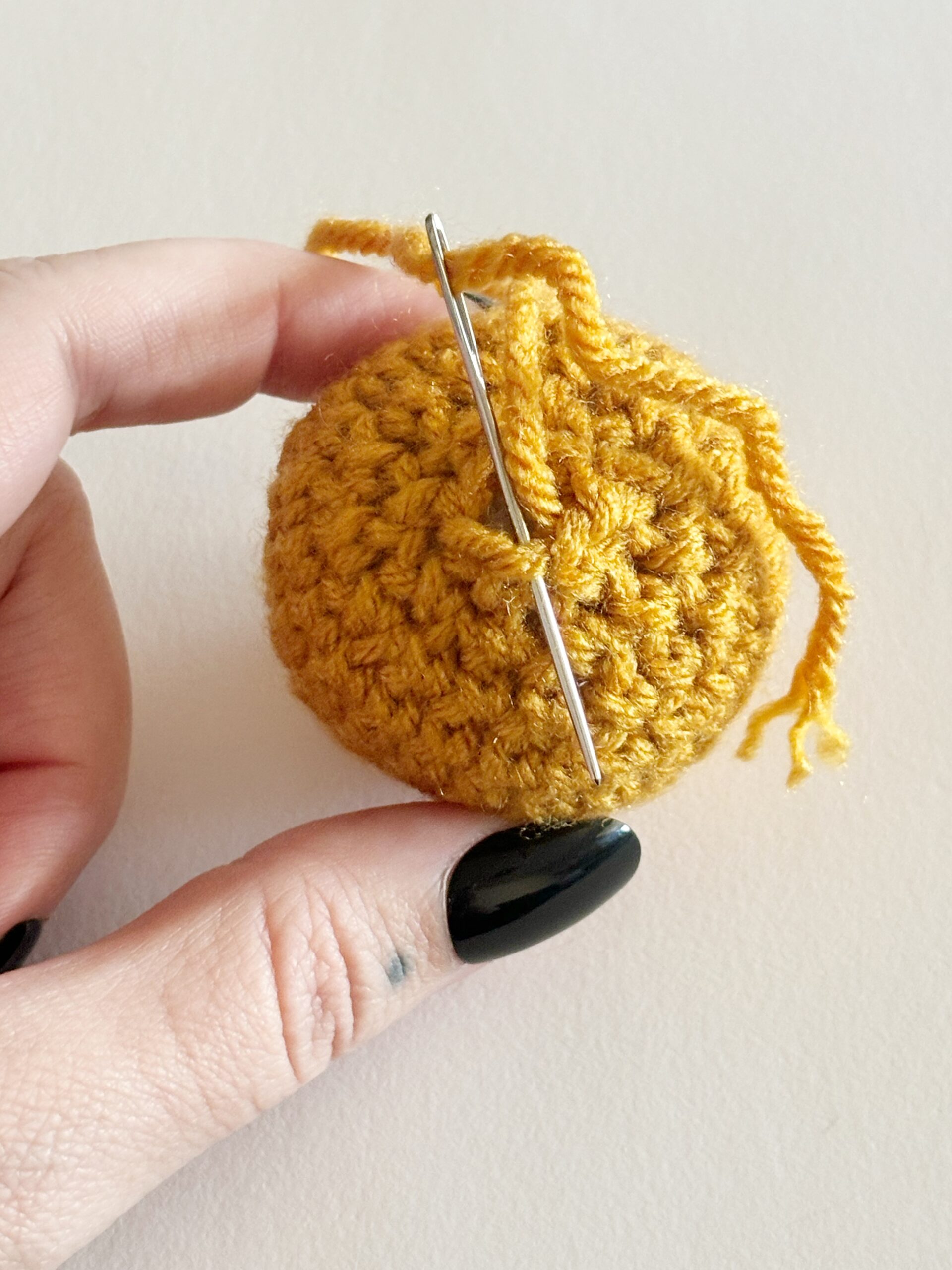
Rd 11: Dec x6 (6)
Invisible decrease in each stitch
Fasten off leaving a long tail
In the front loops only, weave the yarn over and under the remaining 6 stitches and pull tight. Insert the hook into the ball and out a random stitch a few times to secure. Cut your yarn.
Congratulations! You’ve made your very own little amigurumi ball, and you’re well on your way to crafting the toys of your dreams.

